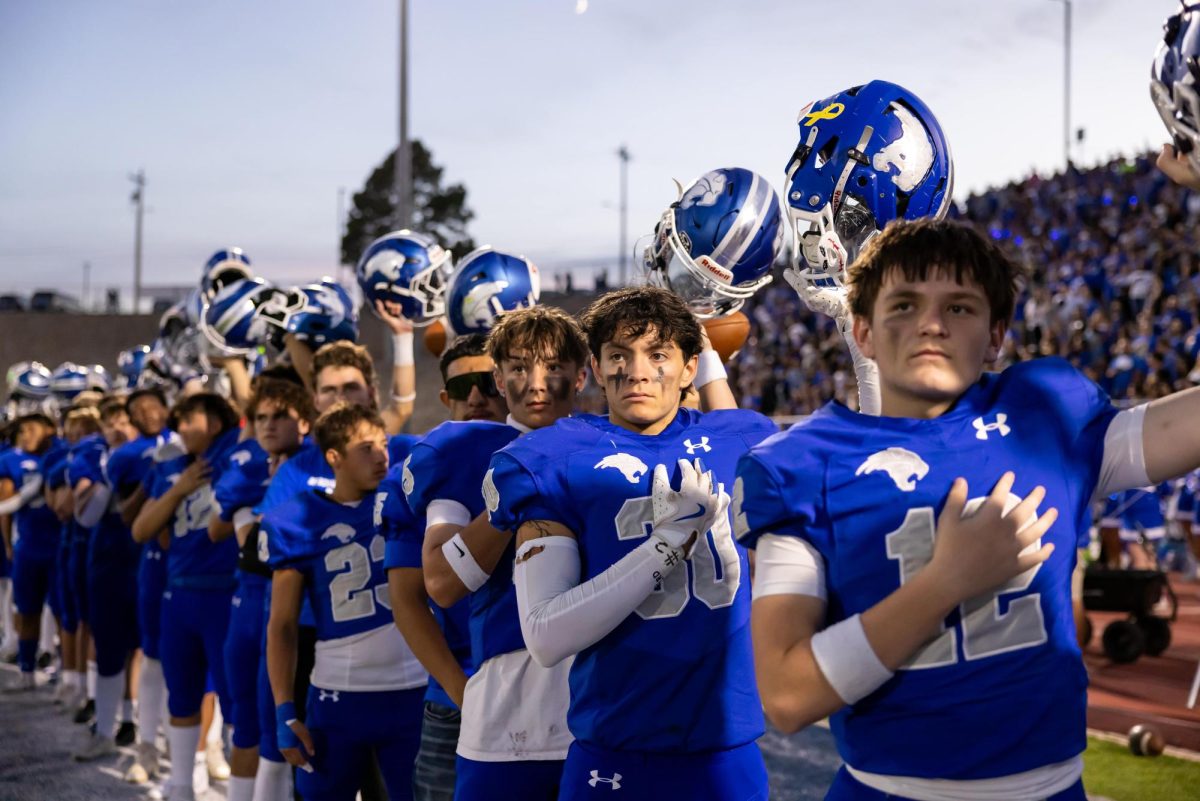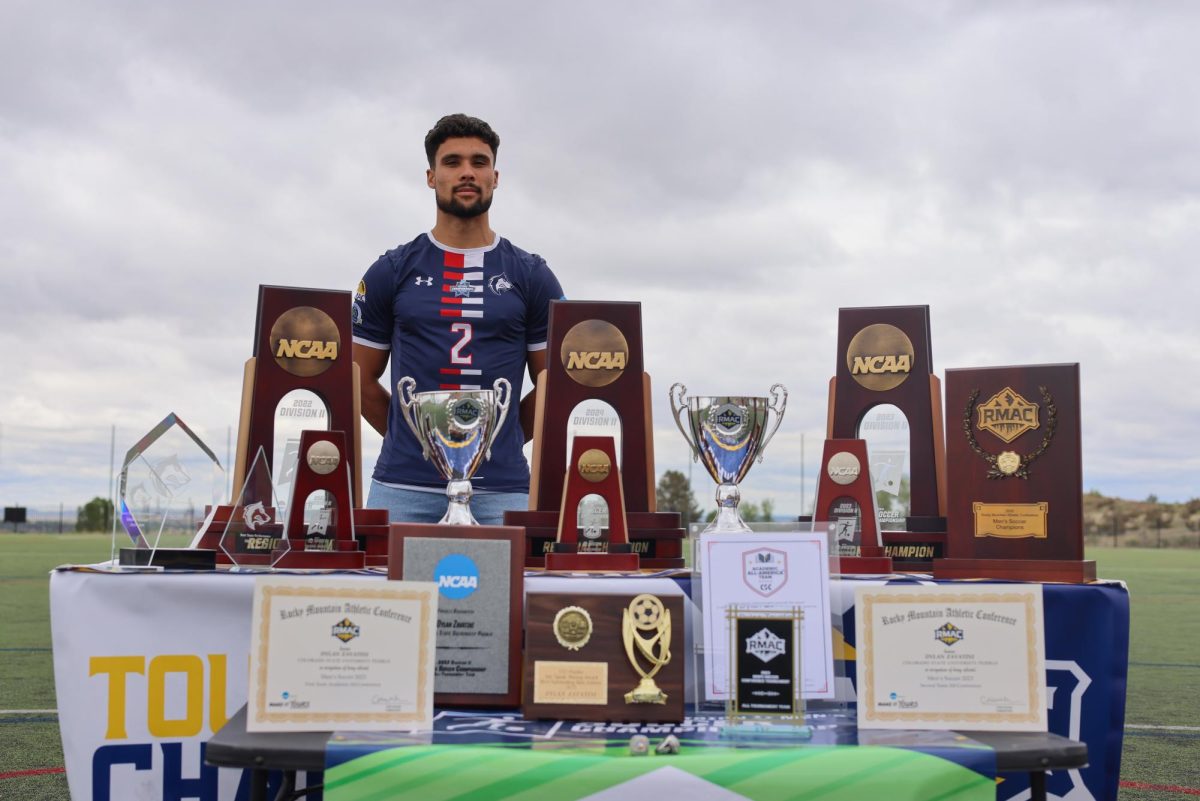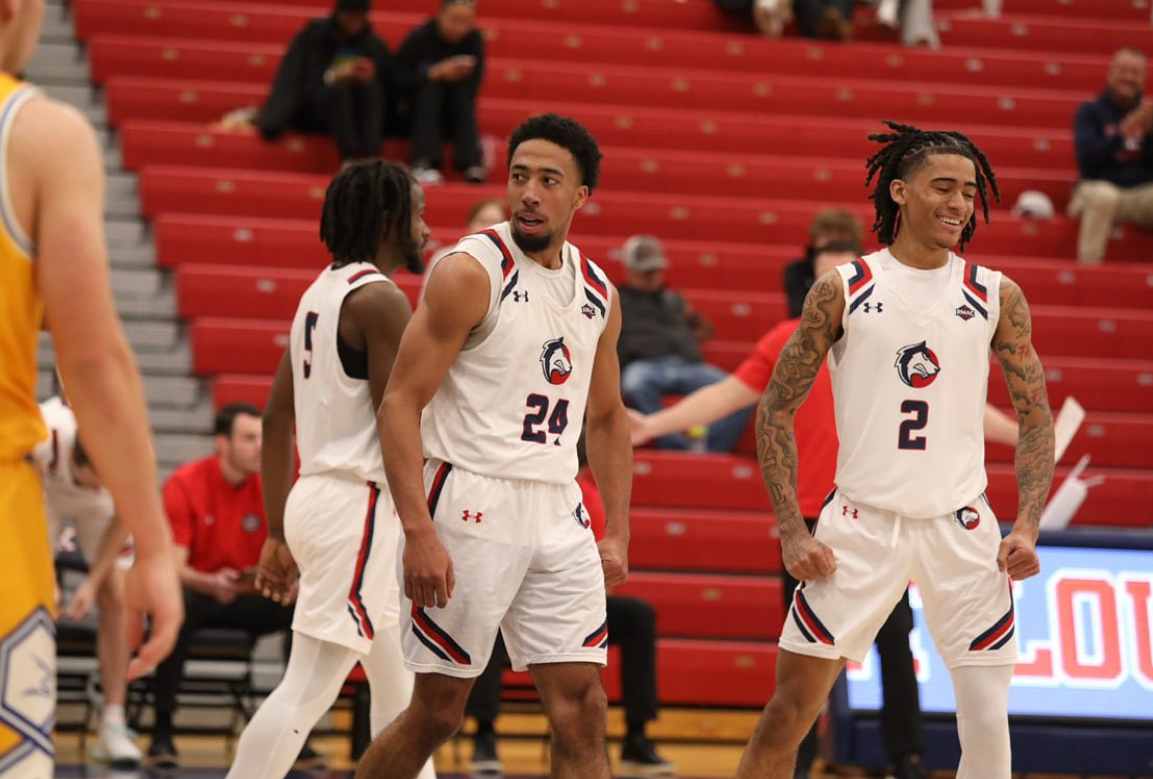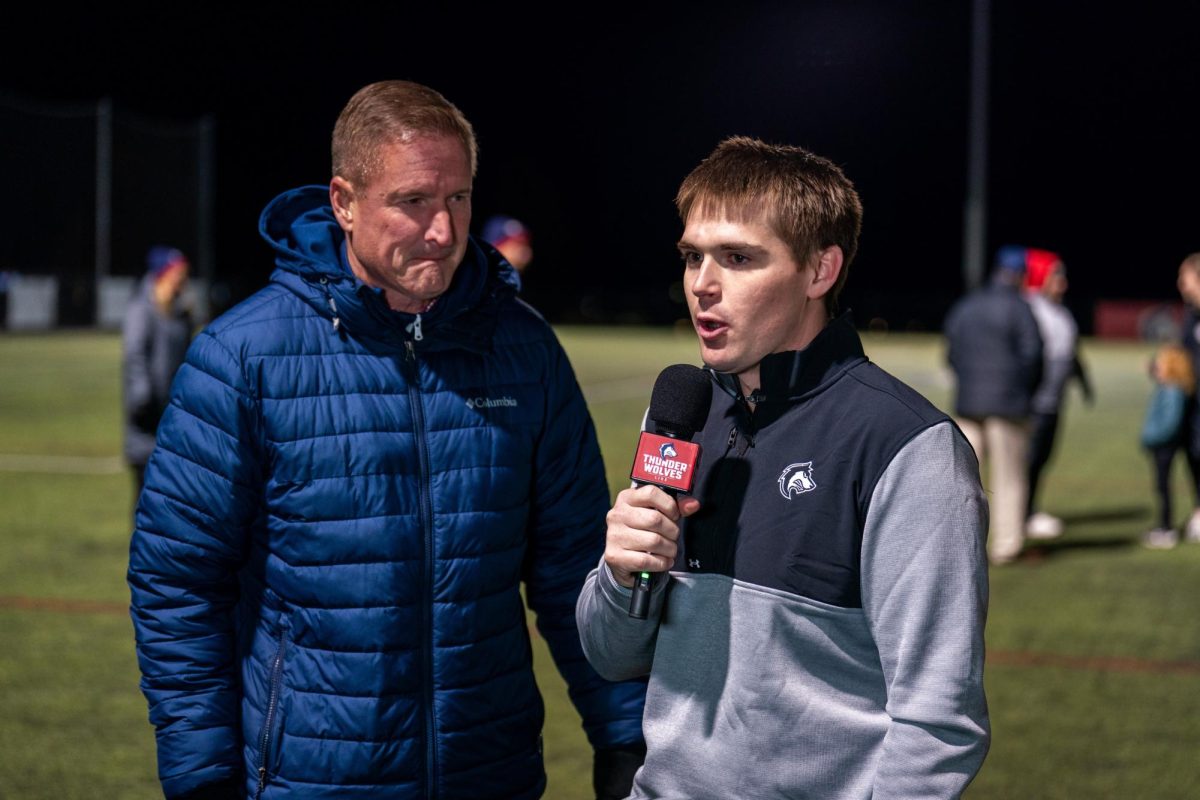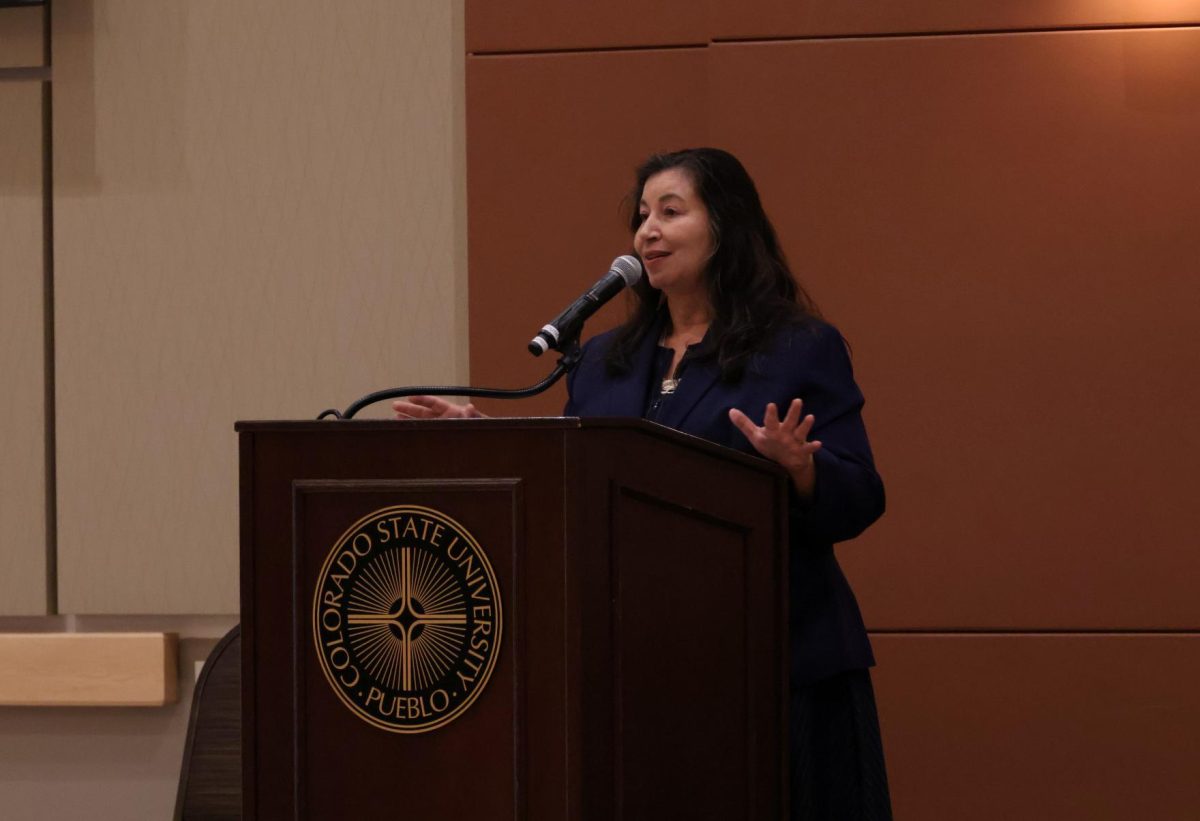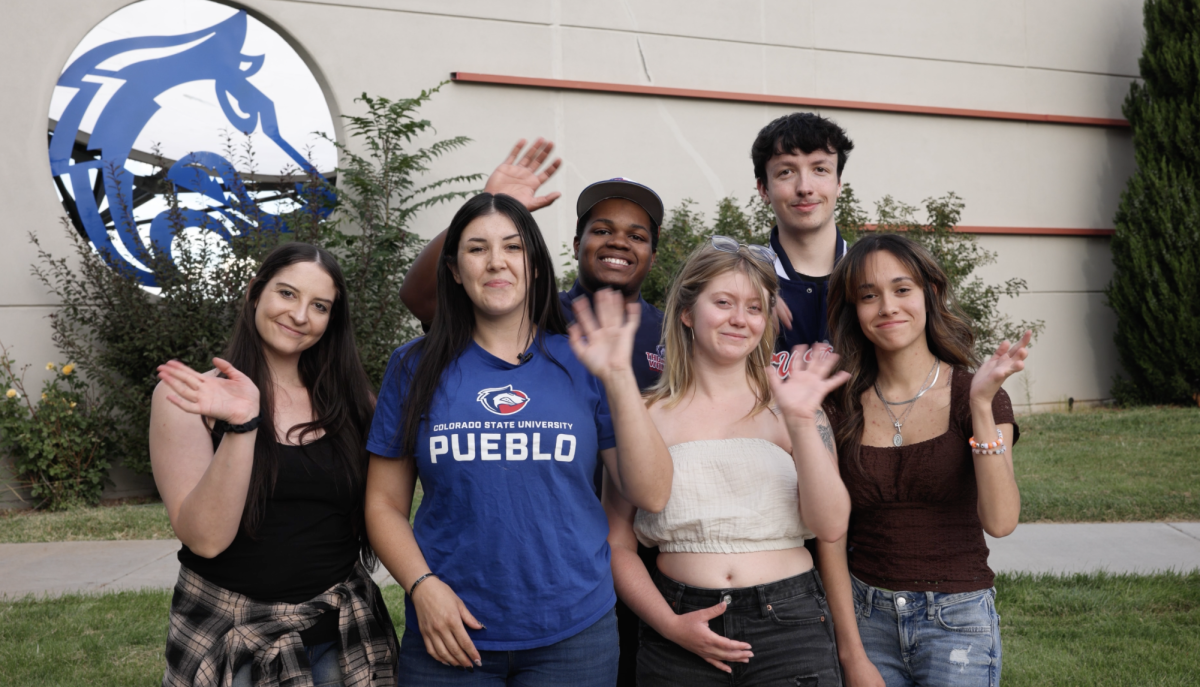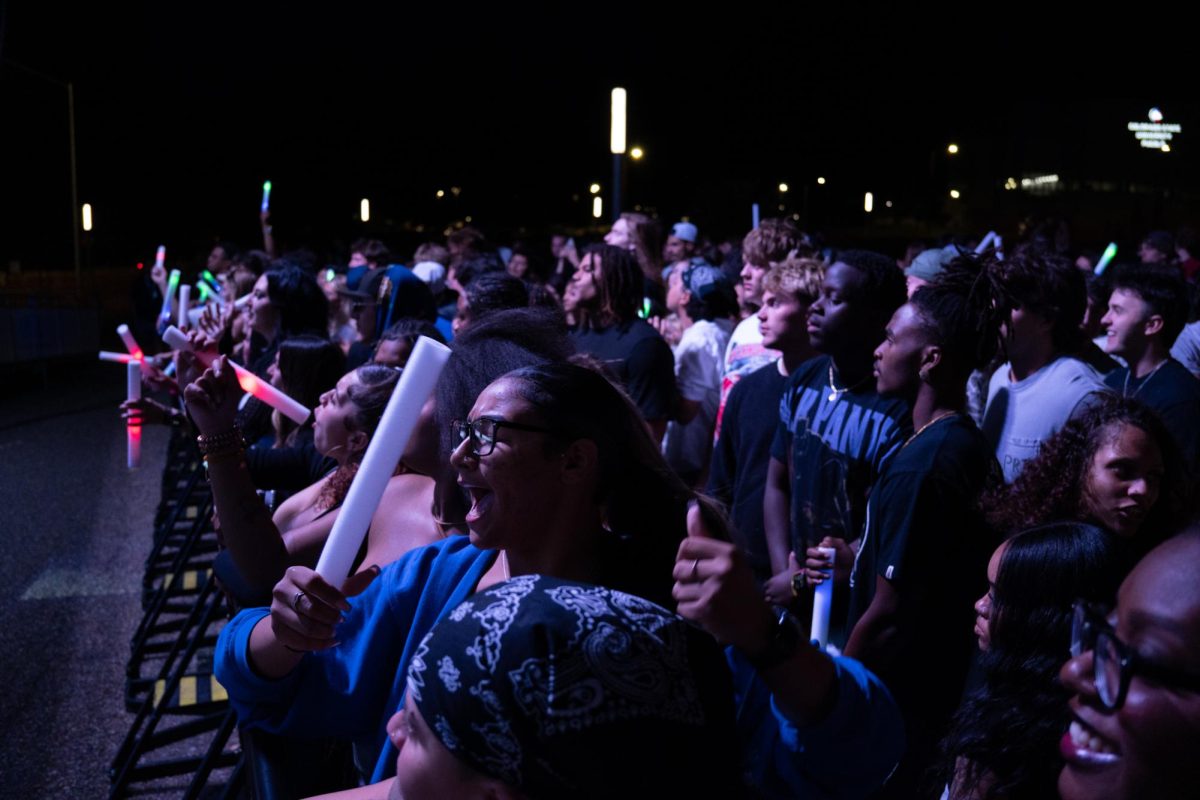In the Rocky Mountain Athletic Conference, each men’s and women’s basketball programs are allowed a total of 10 scholarships each year. How the teams split those scholarships up is their decision.
Splitting up 10 scholarships is not as easy as it sounds, according to Colorado State University-Pueblo Athletic Director Joe Folda.
A scholarship is not a flat amount. According to the NCAA, a scholarship is relevant to how much it costs for a particular student to attend the school.
There are three different costs for attendance at a public institute. Students who reside in Colorado pay in-state tuition. Students who come from another state pay out-of-state tuition. If a student comes from a state that is part of the Western Interstate Commission for Higher Education, he or she will have a completely different rate.
At CSU-Pueblo, in-state tuition costs $2,334, while out-of-state tuition is $7,394.
Since Colorado is a member of the WICHE, any incoming student who resides in another WICHE state can attend his or her choice of 10 four-year schools in Colorado that participate in the Western Undergraduate Exchange program at a discounted rate. According to their Web site, that rate is usually around 150 percent of the school’s in-state tuition. A student coming to CSU-Pueblo as part of the WUE would pay $4,398 for tuition.
CSU-Pueblo is one of 140 colleges that participate in the Western Undergraduate Exchange program.
The 15 states that belong to the WICHE are: Alaska, Arizona, California, Colorado, Hawaii, Idaho, Montana, Nevada, New Mexico, North Dakota, Oregon, South Dakota, Utah, Washington, and Wyoming.
If the basketball recruit is from Colorado and a coach wants to give him or her a full scholarship, it will cost the team about $11,360, at CSU-Pueblo after all expenses are added.
If that same player comes from one of the WICHE states it would cost the program $13,495 to sign the player to a full scholarship. Starting cost for a WUE student would be $15,495, but after a $1,000 deduction that all WUE students get and a $1,000 deduction the athletes get for having “special abilities,” the price tag drops.
If the player does not come from a WICHE state, the coach would have to pay over $16,000 to get the player to CSU-Pueblo on a full-ride scholarship.
So this leaves coaches of all sports at public institutions in WICHE states doing the majority of their shopping in their fellow western states. Five of the 16 men and eight of the 13 women shown on the school’s Web site’s rosters are from Colorado. The rest of them are from other WUE states.
The mutual goal of Folda, Pack men’s head basketball coach Pat Eberhart and women’s head basketball coach Kip Drown is for the funding to get to the point where the teams are funded with 10 WUE scholarships. Of course they would still use some for in-state recruits, but they would then be able to travel east to find talent.
Eberhart said recruiting from WUE states is vital for a programs success. He said every school is funded enough to sign five good starters to scholarships, but instead of having to pay the extra money for an out-of-state player, the lower cost provides much needed depth.
“When you can use scholarships for your bench is when it makes the six, seven, eight and nine guys good,” Eberhart said. “If we got to the goal it would make your depth that much better. Instead of being six or seven deep, you’re now eight or nine deep.”
Because of the complexity of the scholarships, institutions usually give the program a set amount of money they can spend, rather than a set amount of scholarships.
In the case for CSU-Pueblo’s basketball teams, they have both been allowed to spend $121,000 for scholarships this year. That amount doesn’t include fundraisers the team might do on its own.
The $121,000 equates to about 10.65 in-state, full-ride scholarships, which is just over the allowed maximum of 10 by the RMAC. But since not all the scholarships are being used by Colorado players, it is fine.
“You have to balance two things when budgeting,” Drown said. “You have to come up with 10 or less scholarships, and you have to be at or below on budget. Both will get you in trouble with coach Folda and the school and the other will get you in trouble with the NCAA.”
The school is still about one full-ride scholarship shy of its goal of 10 WUE scholarships which would equate to $134,950.
The teams are funded by five different categories.
A certain fixed amount of the funding comes from student fees. Folda said he knows this is a set mark and he doesn’t push for more.
The athletics department also gets money from the institution itself.
Generated revenue, such as gate admission, concessions and facility rentals also go to help the programs. Folda said sports that charge admission are usually more competitive because of this added source of income.
If the program does well, it might receive a large donation known as a scholarship endowment from a booster that wants to help. Folda said these givers usually have ties to the program.
The final way for a program to earn money is through fundraising. This is the only source of funding the team itself controls. The basketball teams fundraise by putting on clinics and camps during the summer.
“If we can increase any one of those, it’ll get us more money,” Folda said. “We’re trying to increase them all with the exception of the student fee which is just a flat rate.”
“We’re funded well enough to win our conference,” said Folda. “We’re still not where I want to be funding wise, but there’s no doubt in my mind we’re funded well enough to win the conference.”




